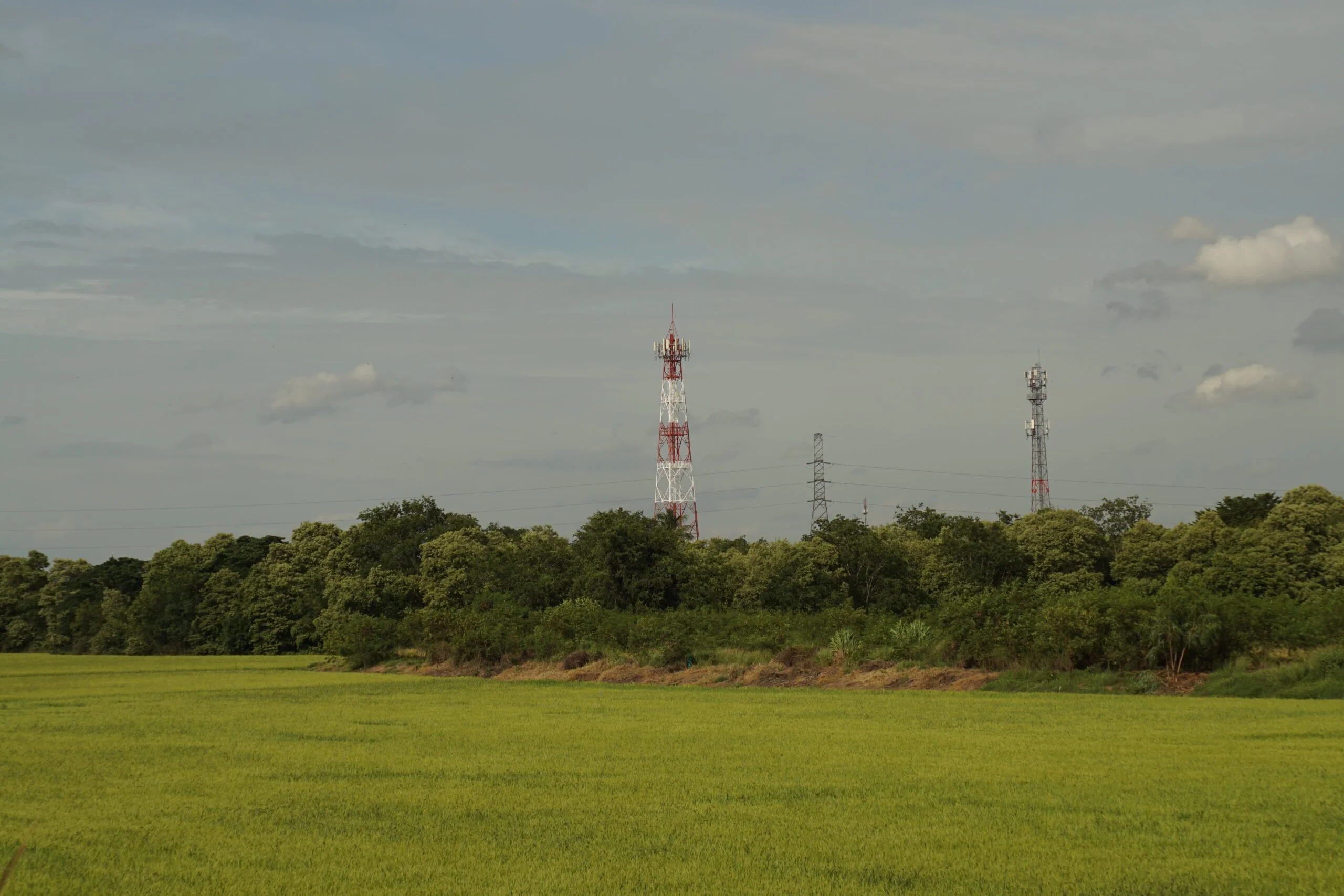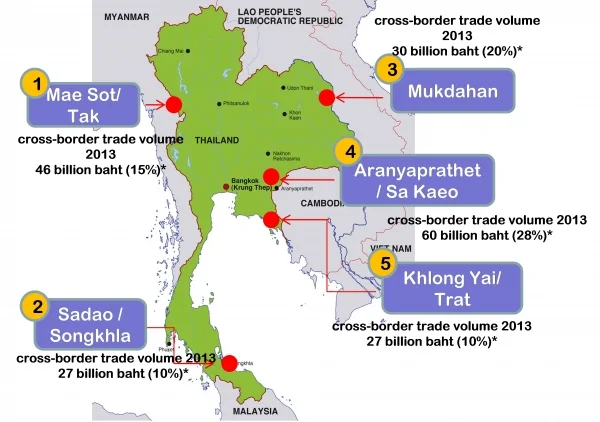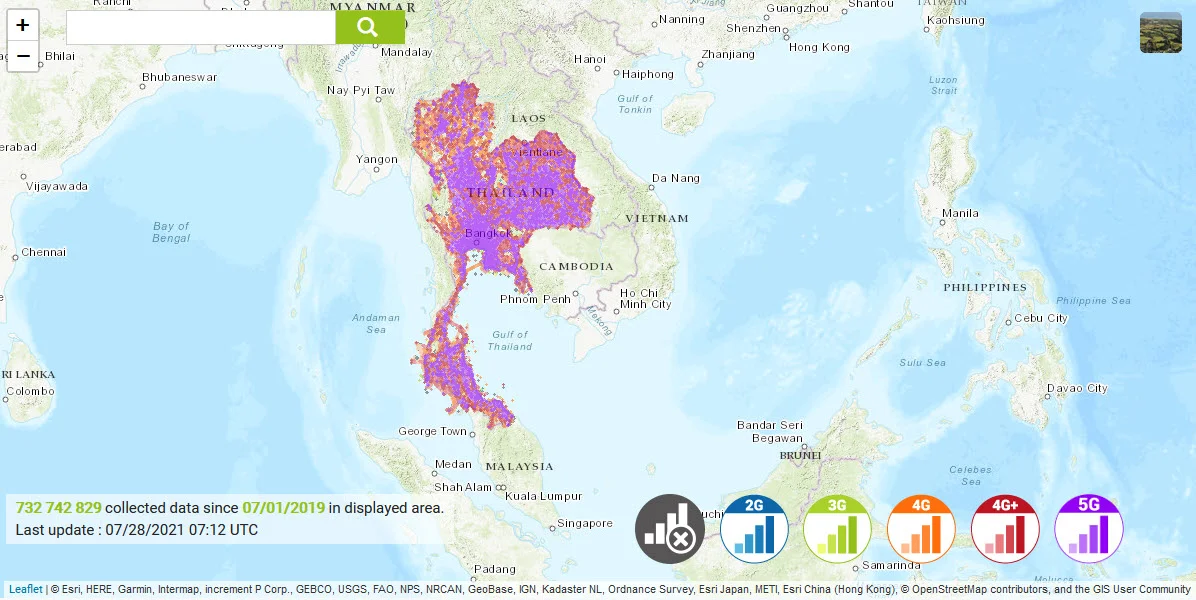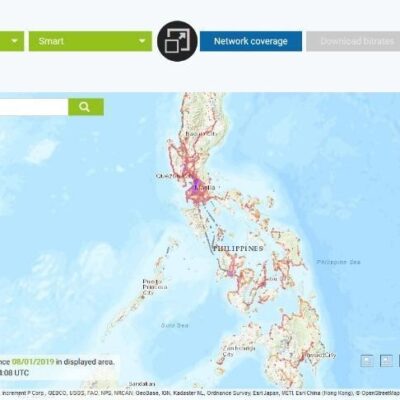© Good Travel Guide, November 2021
Author: Ken Drew
Thailand is a dream holiday destination for many and it’s been featured in many Hollywood films. You’ve heard about the beautiful beaches, temples, and wide landscapes, but maybe you haven’t heard about the economic and cultural impact that China has on it.
The rapid adoption of Fifth Generation (5G) Wireless Technology, brings increased connectivity but it also obstructs the view of some of the most beautiful landscapes that Thailand has to offer that this article investigates.
Ken Drew, an American expat, takes us behind the scenes of tourism. This is a story not commonly written in the evergreen content of the tourism industry. It’s a journey to some of the least tourist places in Thailand that will be opening up to the world because of 5G technology and personal agendas.
My ride through the Thai countryside
“Are you serious?!” I thought. I couldn’t believe what I saw during my road trip last year in the rural North Eastern region of Thailand known as “Isan”. Isan can best be described as the Wild, Wild, West, or the Outback of Thailand. I travel here sometimes to escape civilization and bask in the simple life. Tragically, this paradise unknown to the tourism industry, and most of the world, had become colonized with giant Chinese 5G towers as tall as a four-story building and more.

They looked like arm-less electric transmission towers painted red-and-white like candy canes. Can you imagine that unsightly contrast of colors against a turquoise light blue sky with a tropical savanna of rice fields greener than the last banana at the supermarket? Nowadays, Thailand looks like a Where’s Wally book, but without the guessing. These towers are as annoying and tacky as the paywall content-censoring pop-ups on newspaper websites asking for a paid membership to read their article. That’s what these obnoxious towers are like which makes it difficult to admire the tropical surroundings.
The neglected rice field region of tourism’s favorite South East Asian Country
Fifth Generation (5G) Wireless Technology has been promoted as bringing the stuff of Sci-Fi movies to real life: self-driving cars, hologram pop-up displays in cars (i.e. Augmented Reality), and virtual reality without lagging internet speeds. Ideal for remote rural areas, right?
“This massive authentically Thai rural region of rice paddies and water buffaloes usually gets the short end of the stick when it comes to support from the national government.”
Any development that resembles what you would consider by Western standards as a “town” or city, has been limited to mostly the central Thailand provinces which includes the only metropolis – Bangkok, as well as the lucrative tourist and expat towns: Phuket, Chiang Mai, and Pattaya.
Despite being the black sheep of the country, Isan is the largest and most populous. That’s the only “Wow!” factor as it suffers from the lowest per capita income.
The average Thai here earns a measly 400 dollars a year on average[1]. Thus, 70% of the Isan population is classified as poor.[2] This offers insight into why some of them live in open-air cinder block dwellings with dirt floors[3].
Installing infrastructure for 5G connectivity in Isan makes as much sense as giving a homeless man without a smartphone or laptop a subscription to Netflix. Wouldn’t it be better to invest the pandemic-era millions of Baht into improving the standard of living for the locals or in promoting community-based eco-tourism? Well, if you are a rich Thai businessman with Chinese-heritage links to corporate China, the answer is “No.”
Why 5G towers in the rice fields
The reason why 5G towers stand awkwardly in the rice fields and, nowadays, all over the country is that Thailand is trying to escape the middle-income country trap, according to Thai newspaper, The Bangkok Post[4].
The 5G-dependant plan is to ride on the back of China’s Belt and Road Initiative to become a developed country. That plan is called “Thailand 4.0.”
I see a big part of Thailand 4.0 involving the continued destruction of beautiful coconut-tree nature areas to build factories like Chinas and for 5G to attract Western corporations to its tax-free Special Economic Zones (SEZ). Furthermore, border trade will increase with the construction of the high-speed Pan Asia train which starts in China and enters Thailand via Isan province, Nong Khai. That’s in addition to constructing 5G-connected “smart” cities.
Tourism and Rice Farming had their chance to be the breadwinner, but they couldn’t compete with the wealth to be generated from manufacturing.

Can 5G be a good thing for tourism and locals?
Nothing is ever entirely good or bad. For you, the eco-conscious traveler seeking sun and comfort with no footprints left behind, the internet of things among rice fields, white-sand beaches, and wet jungles can help you better prepare for your trip and maybe even save the environment! Heavy on the “maybe”. Let’s start with reducing climate change.
The high-speed China-to-Thailand train needs 5G. Junfeng Liu, an atmospheric chemist at Princeton University says, “airplane pollution deaths account for about a tenth of all air-pollution deaths with cross-border causes. So airplane pollution could be an important focus for environmental regulations in the future[5].” Thailand has some of the most polluted air in the world during the tourist season (Nov – Feb) which coincides with stagnating winds that don’t sweep the exhaust out of the region. Thus – It would benefit many to have fewer planes in the air.
Next, Huawei says that tourism is expected to benefit from 5G technology the most, with the country on a recovery path from the pandemic. They said the 5G platform would help create new business opportunities such as promoting tourism through next-generation multimedia that can provide audiences with immersive experiences. For example, tourism departments could work with YouTubers, content creators, and related agencies to create virtual reality and augmented reality content with the support of 5G tech to promote tourist destinations, hotels, and restaurants.[6]

In addition to virtually touring places, there are benefits to locals outside of tourism.
According to a small survey involving 35,000 respondents in 22 countries, including 1,500 in Thailand, Thais seem eager to integrate 5G into their life as some are willing to pay internet providers 30% extra for it.[7] Moreover, some Thais see it as crucial to their income, as jobs are transitioning online.
According to a 22-year-old Thai undergraduate I interviewed, “Nowadays, the internet has become a part of everyone’s life. No matter what career, because we need to communicate and follow the news. Many careers have begun to order online or have begun to change to an online format.”
What she said resonates with me because, as an expat, the desertification of street vendors that I’ve seen lately is heart-breaking. During the pandemic, many street sellers have moved their shops online to social media platforms like Facebook and Instagram[8]. Sellers either don’t have enough customers at their physical store or conditions weren’t sanitary enough for sellers to feel comfortable going to work as was the case for one seller at Bangkok’s famous weekend market – Chatuchak[9]. As much as these ugly 5G towers obstruct the view of our favorite exotic travel destinations, they appear to be important to the incomes of Thai SMEs.
Let’s take for example a country that doesn’t have much 5G, the Philippines. I interviewed a 30-year-old Filipino content creator in Thailand about 5G and whether or not it would be good for the Philippines to copy Thailand’s quick rollout.

In her opinion, she explained:
“I think it’s crucial the Philippines first install the infrastructure for a normal internet connection as one of the largest sources of employment here is call centers. The Internet allows the customer service industry to exist. Unfortunately, the Philippines are so far behind the curve when it comes to the internet. I would say that say they we have one of the slowest and expensive internet in ASEAN… maybe even the world! Without any budget or motivation to build a proper 3G or 4G network, I don’t think 5G technology would benefit us here because of that.”
As you can see from the wireless coverage map (left) most of the country is without the internet which is concentrated mostly in the capital city area – Metro Manila.
Main takeaways
In short, 5G towers are needed to generate wealth for the highest levels of government and population from increased border trade, foreign investment, smart-car factories, and expanding manufacturing in Thailand around the Internet of Things (ioT) as well as other next-generation products and services that require 5G because tourism and agriculture together have not been able to break Thailand out of the middle-income trap.
The curious case of 5G in the rice fields taught me that balance is important. Development is necessary, but it’s important to consider the impacts of it on the culture, health, and environment of the area it’s applied. Meanwhile, for Thailand’s most sustainable destinations, check out these two beautiful towns that Good Travel Guide recommends.
References
[1] https://fund-isaan.org/content/why-isaan
[2] https://fund-isaan.org/content/why-isaan
[3] https://youtu.be/vW1QWG3xSNg?t=397
[4] https://www.bangkokpost.com/opinion/opinion/1753419/thailands-wicked-development-trap
[5] https://www.nationalgeographic.com/science/article/101005-planes-pollution-deaths-science-environment
[6] https://www.bangkokpost.com/business/1943044/5g-a-boon-for-tourism-healthcare
[7] https://www.nationthailand.com/edandtech/30372677
[8] https://www.bloomberg.com/news/articles/2020-07-16/asia-s-vendors-turn-to-facebook-with-tourism-paused
[9] https://www.bloomberg.com/news/articles/2020-07-16/asia-s-vendors-turn-to-facebook-with-tourism-paused




